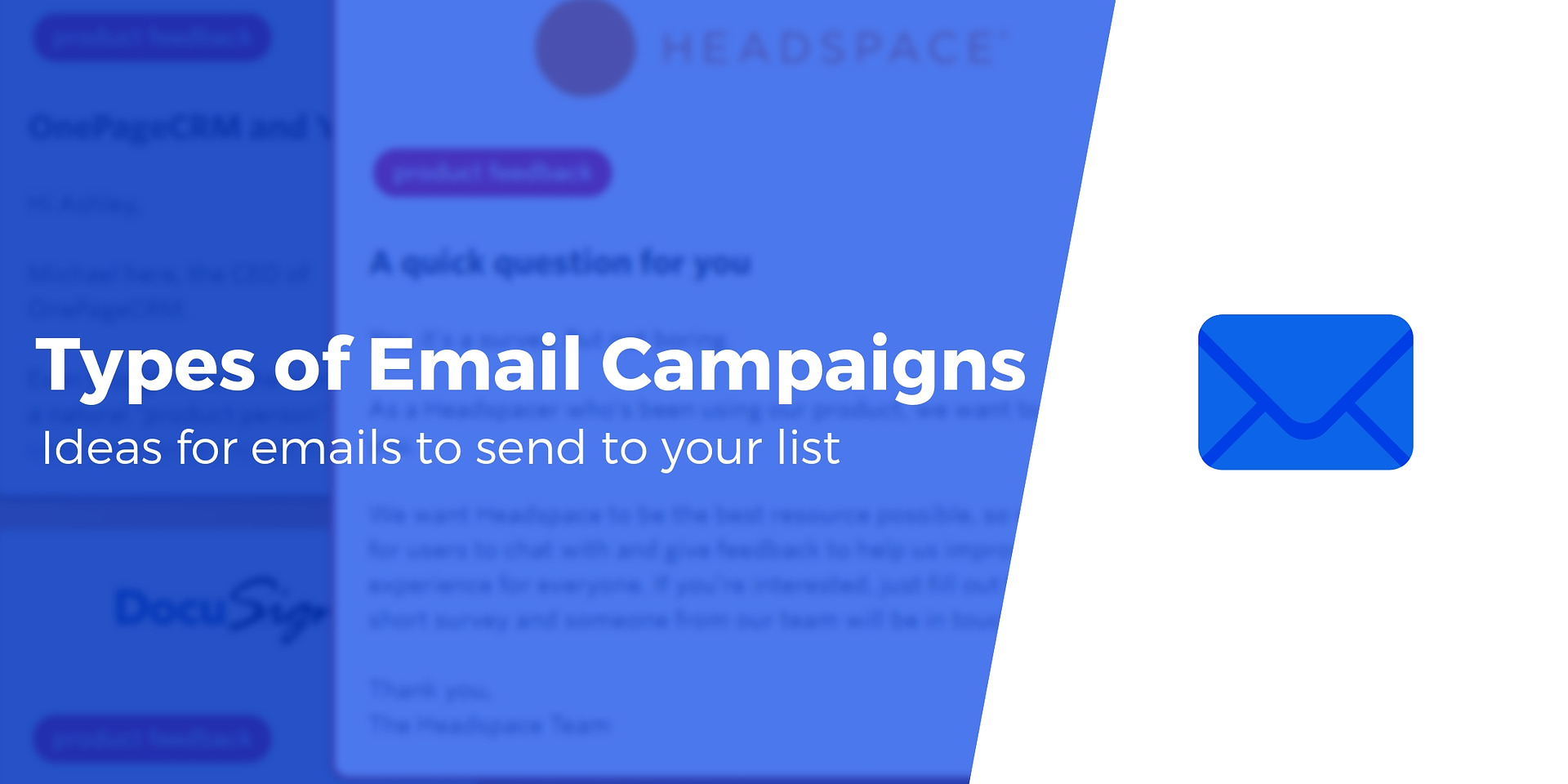the Remarkable Benefits and Advantages of Email Marketing
- 24 February 2024
- by: Aniyya Nawab
- in: Social Media
- Tags: Advertising, social marketing, social media, social networking
- note: no comments
Unveiling the Remarkable Benefits and Advantages of Email Marketing
In today’s fast-paced digital landscape, where businesses are constantly seeking innovative ways to connect with their audience and drive growth, email marketing continues to stand out as a highly effective and indispensable tool. From nurturing leads to building brand loyalty, email marketing offers a plethora of benefits and advantages that can propel businesses forward in their marketing efforts. Let’s delve into the remarkable benefits and advantages of email marketing and how businesses can leverage this powerful tool across popular social media platforms like Facebook, Twitter, TikTok, YouTube, and Instagram.

1. Cost-Effectiveness: One of the most significant advantages of email marketing is its cost-effectiveness. Compared to traditional marketing channels like print, television, or direct mail, email marketing requires minimal investment in terms of resources and budget. With no printing or postage costs, businesses can reach a large audience at a fraction of the cost, making email marketing an ideal option for small businesses and startups with limited marketing budgets. By reallocating resources from expensive advertising channels to email marketing, businesses can achieve a higher return on investment (ROI) and maximize their marketing efforts.
2. Targeted Messaging: Email marketing enables businesses to deliver highly targeted and personalized messages to their audience based on their interests, preferences, and behavior. Through segmentation and list management, businesses can divide their email list into specific segments and tailor their messaging accordingly. Whether it’s sending promotional offers to loyal customers, educational content to prospects, or product recommendations based on past purchases, targeted email campaigns allow businesses to deliver relevant and timely content that resonates with their audience. By delivering the right message to the right people at the right time, businesses can increase engagement, conversions, and customer satisfaction.
3. Measurable Results: Another advantage of email marketing is its ability to provide businesses with valuable insights and analytics that allow them to measure the effectiveness of their campaigns and track key performance metrics in real-time. From open rates and click-through rates to conversion rates and revenue generated, businesses can gain valuable insights into how their audience interacts with their emails and optimize their campaigns accordingly. By analyzing data and metrics, businesses can identify trends, pinpoint areas for improvement, and make data-driven decisions to maximize the impact of their email marketing efforts.
4. Increased Brand Awareness: Email marketing is an effective tool for building brand awareness and staying top-of-mind with customers. By regularly sending valuable content, updates, and offers to their subscribers, businesses can reinforce their brand identity, establish authority in their industry, and nurture relationships with their audience over time. Additionally, integrating email marketing with social media platforms like Facebook, Twitter, and Instagram allows businesses to amplify their reach and extend their brand presence across multiple channels. By cross-promoting email campaigns on social media and encouraging followers to subscribe to their email list, businesses can increase brand visibility, attract new customers, and foster a sense of community around their brand.
5. Enhanced Customer Engagement: Email marketing enables businesses to engage with their audience in a more personalized and interactive way compared to other marketing channels. From welcome emails and personalized recommendations to interactive surveys and polls, businesses can use email marketing to create meaningful interactions and foster a sense of connection with their customers. Integrating social media platforms like TikTok and YouTube into email campaigns allows businesses to leverage user-generated content, behind-the-scenes footage, and exclusive offers to drive engagement and create memorable experiences for their audience.
In conclusion, email marketing offers a myriad of benefits and advantages for businesses looking to connect with their audience, drive sales, and build lasting relationships. From its cost-effectiveness and targeted messaging capabilities to its measurable results and increased brand awareness, email marketing remains a powerful tool for businesses of all sizes and industries. By leveraging the benefits of email marketing and integrating it with popular social media platforms like Facebook, Twitter, TikTok, YouTube, and Instagram, businesses can amplify their reach, engage with their audience, and achieve their marketing goals in the digital age.









